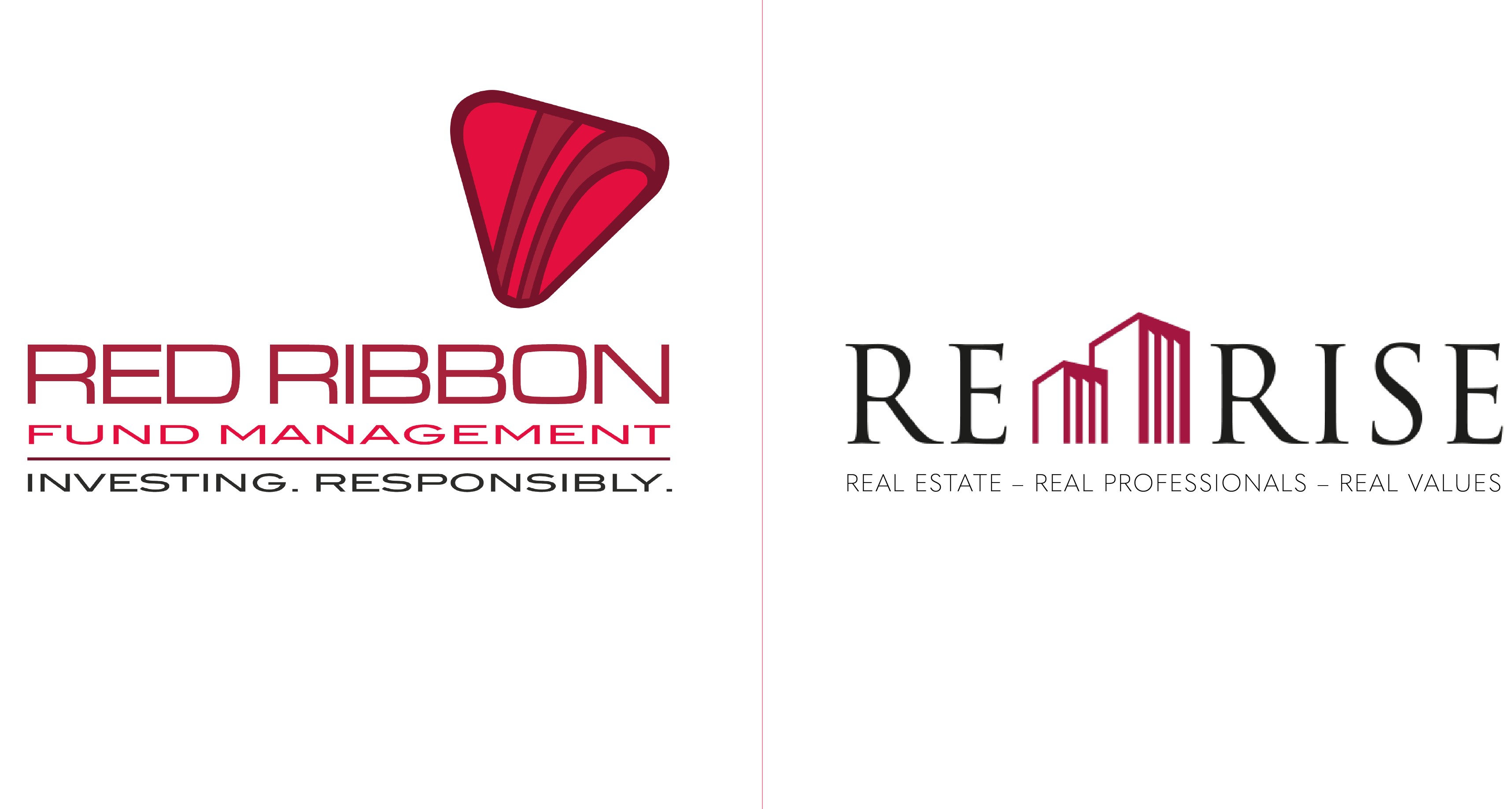Saving Time, Money and the Environment through Modular Construction
Modular construction methods are often hailed as a more cost-effective option, but that’s far from the only benefit pre-fabricated buildings can have. We take you through how modular construction firms can save on time, the environment and money, while also delivering a return on investment many would be happy to receive.
It’s no secret that global real-estate related costs are rising. The value of property is broadly on the up. Meanwhile, the cost of materials is also climbing, while skilled construction professionals are becoming more scarce, pushing their value up, too. But there is a solution to this problem: modular construction.
Just like many other countries, across India, many people still have a dream of owning their own home. However, with more people moving into urban areas of the country from the rural regions, that’s not always an easy achievement, even for those with stable, well-paid jobs. Indeed, research suggests some 110 million additional housing units will be required by 2022. That’s a tall order and once that is simply unachievable through traditional construction methods alone.
However, major advances in modular construction techniques mean homes can be built quickly, in an environmentally friendly way, while also proving a more cost-effective option.
Saving you time and money
Much scepticism remains over how reliable and practical modular construction techniques are. Although, there are signs the opinion of the sector is improving as more businesses opt for it over traditional building methods.
One major factor that’s encouraging more businesses and home-buyers to choose a modular property is time. Once you gain permission, finalise plans and pay deposits, the fabrication of a modular building is much quicker than one constructed on site, in a more traditional manner.
That’s because templates and machinery in an established and regulated factory can create the specified shell of your building quickly and to approved safety standards.
Once those elements of the building, be it a home, a commercial office or even a hotel, are created, it’s then checked and verified through a reliable, tech-based system. This ensures all the required parts are there, of the right size and structure and are ready to be transported to the previously prepared building site.
This is where the costs savings come into play. Where a traditionally built property can require up to hundreds of on-site construction professionals to build up walls, ensure measurements are perfect and all the materials are as they should be, a pre-fabricated construction team is typically much smaller. That smaller team will also need much less time on site to construct the unit and ensure its safely in situ as planned, ready for the next step.
Again, with so much of the required works already done, the modular building requires only a little additional work on site, before the owner can get to work on the inside and make it habitable.
This means that while the cost of the materials used to construct a modular building aren’t particularly cheaper than for any other property, costs are saved through the shorter period of time skilled construction professionals are required on site. Meanwhile, the requirement of fewer construction professionals is also a financial benefit.
Environmental benefits
We then move onto the environmental benefits of the modular construction sector. First of all, the question of sustainability is one the massive global construction sector is increasingly being asked to answer:
- Are the chosen materials sustainable, eco-friendly and long-lasting?
- Can the pre-fab factories use sustainable energy sources?
- Are the pre-fab factories sustainable and energy efficient?
- Can they construct increasingly eco-friendly modular homes off-site?
These are just a few details that require a positive answer from those modular construction companies who are beginning to gain support, momentum and business across India.
Modulex Modular Buildings PLC is one modular construction firm that can answer in the affirmative to the above questions and many more. It's the world's largest and India's first, steel modular building factory.
Like all Red Ribbon investment projects, Modulex was created with three essential pillars of sustainability in mind: Planet, People and Profit.
At a time when we need to find more economical ways of providing everything the huge population of India needs, in a way that protects their environment, while also delivering on profit to the investors who support those businesses, Modulex delivers on all three and is well-placed to do so for many years to come.
[nectar_btn size="large" open_new_tab="true" button_style="regular" button_color_2="Accent-Color" icon_family="none" url="https://modulexglobal.com/ordinary_shares" text="Invest in Pre-IPO opportunity in Modulex "]
Red Ribbon CEO, Suchit Punnose said:
India’s Modular Construction market is expected to be worth close to $130 billion by 2023 and at Red Ribbon we think its imperative that as much of the growing industry as possible, is created with sustainability in mind, from the outset.
Providing the answers to India’s housing and construction needs is one thing, but doing it in a way that future generations can benefit from it on multiple levels, is something every investor in the industry should aspire to. That’s why we support Modulex and strive to ensure its green credentials can match its productivity and investor returns.
[social_buttons full_width_icons="true" facebook="true" twitter="true" google_plus="true" linkedin="true" pinterest="true"]




